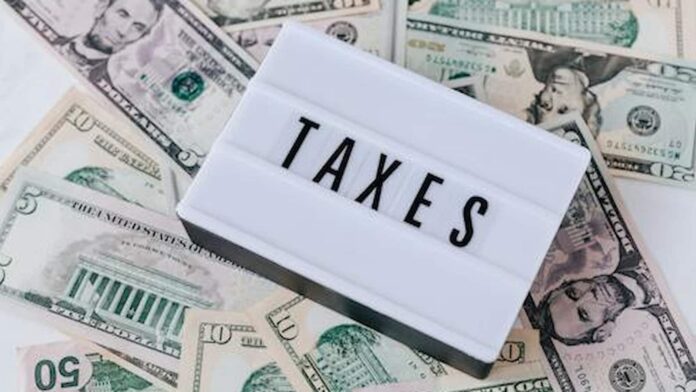IRS Payment Schedule April: The IRS started accepting tax returns on January 27, 2025, and began sending out refunds shortly after. Most people who filed electronically and chose direct deposit get their money within 10 to 21 days. However, some refunds take longer depending on how you filed and what tax credits you claimed.
How Filing Method Affects Your Refund
Filing your taxes online is the fastest way to get your refund. Paper returns take much longer to process, often twice as long as electronic filings. Choosing to have your refund deposited directly into your bank account also speeds things up compared to waiting for a paper check in the mail.
If you claimed either the Earned Income Tax Credit (EITC) or the Child Tax Credit (CTC), your refund will take additional time. Federal law requires the IRS to hold these refunds until at least mid-February, even if you filed your taxes early in January. This extra time helps prevent fraud but means you’ll wait longer for your money.
Earned Income Tax Credit 2025: How to Check if Your Tax Return Has Been Processed
Average times by filing and refund delivery method
- Electronic filing and direct deposit: 1 to 3 weeks
- Electronic filing and cheque: 1 month
- Statement by mail and direct deposit: 3 weeks
- Statement by mail and check: 2 months
IRS Payment Schedule April: Expected Refund Dates
Here’s when you could expect your refund if you filed electronically with direct deposit:
- March 17 filers: Expected by April 7
- March 24 filers: Expected by April 14
- March 31 filers: Expected by April 21
- April 7 filers: Expected by April 28
Checking Your Refund Status
The IRS provides a “Where’s My Refund?” tool on their official website that shows your refund status. This service updates once per day, usually overnight. You’ll need your Social Security number, filing status, and exact refund amount to check your status.
Additional Tax Deduction for People Over 65 in 2025: Exact Amount Revealed
What to Do If Your Refund Is Delayed
Several issues can delay your refund beyond the normal timeframe:
- Math errors or missing information on your return
- Filing a paper return instead of e-filing
- Choosing a paper check instead of direct deposit
- The IRS needing additional verification
If your refund hasn’t arrived when expected, first check the “Where’s My Refund?” tool. If it shows your refund was sent but you haven’t received it, you may need to contact your bank or the IRS for help.




